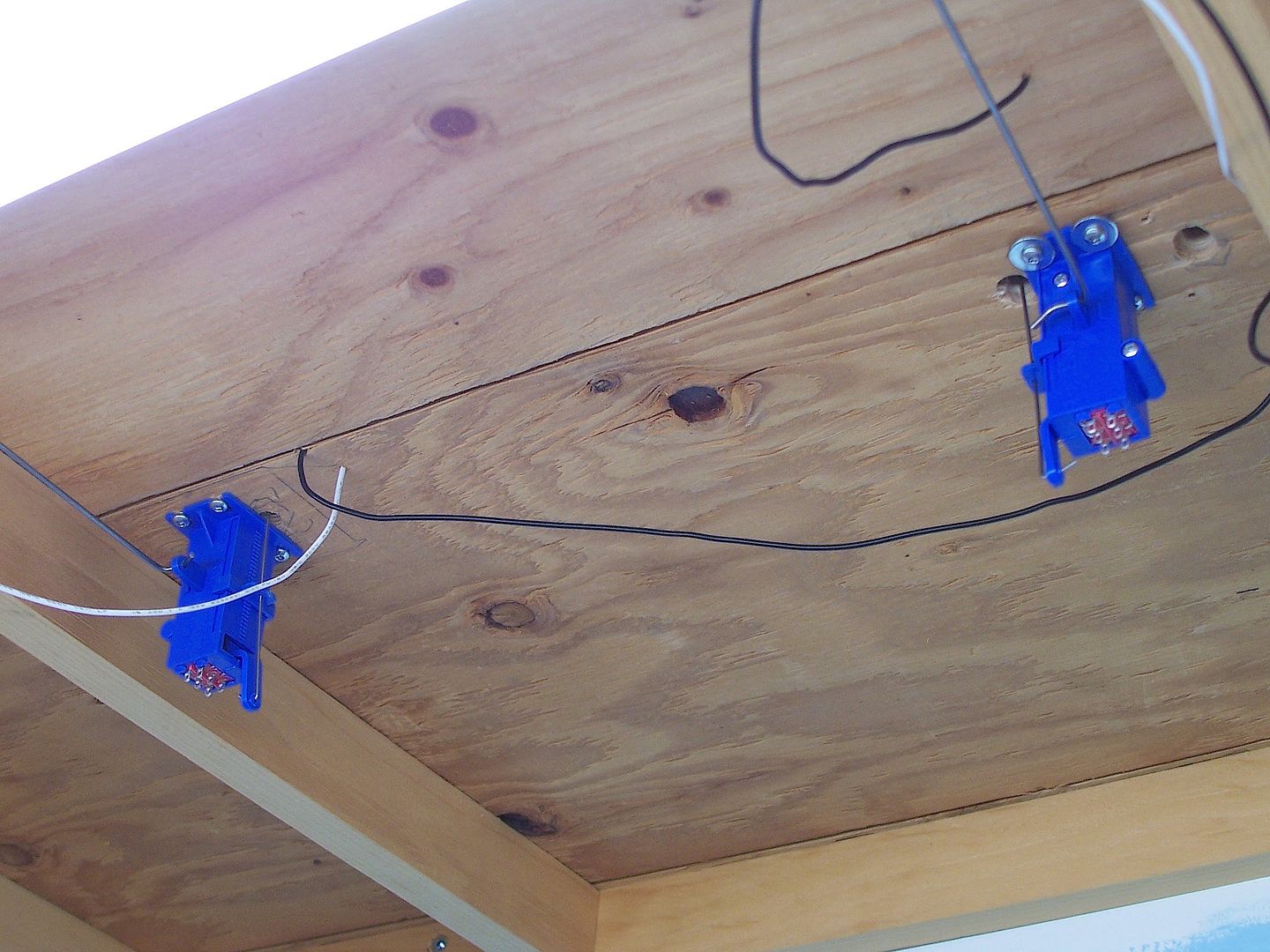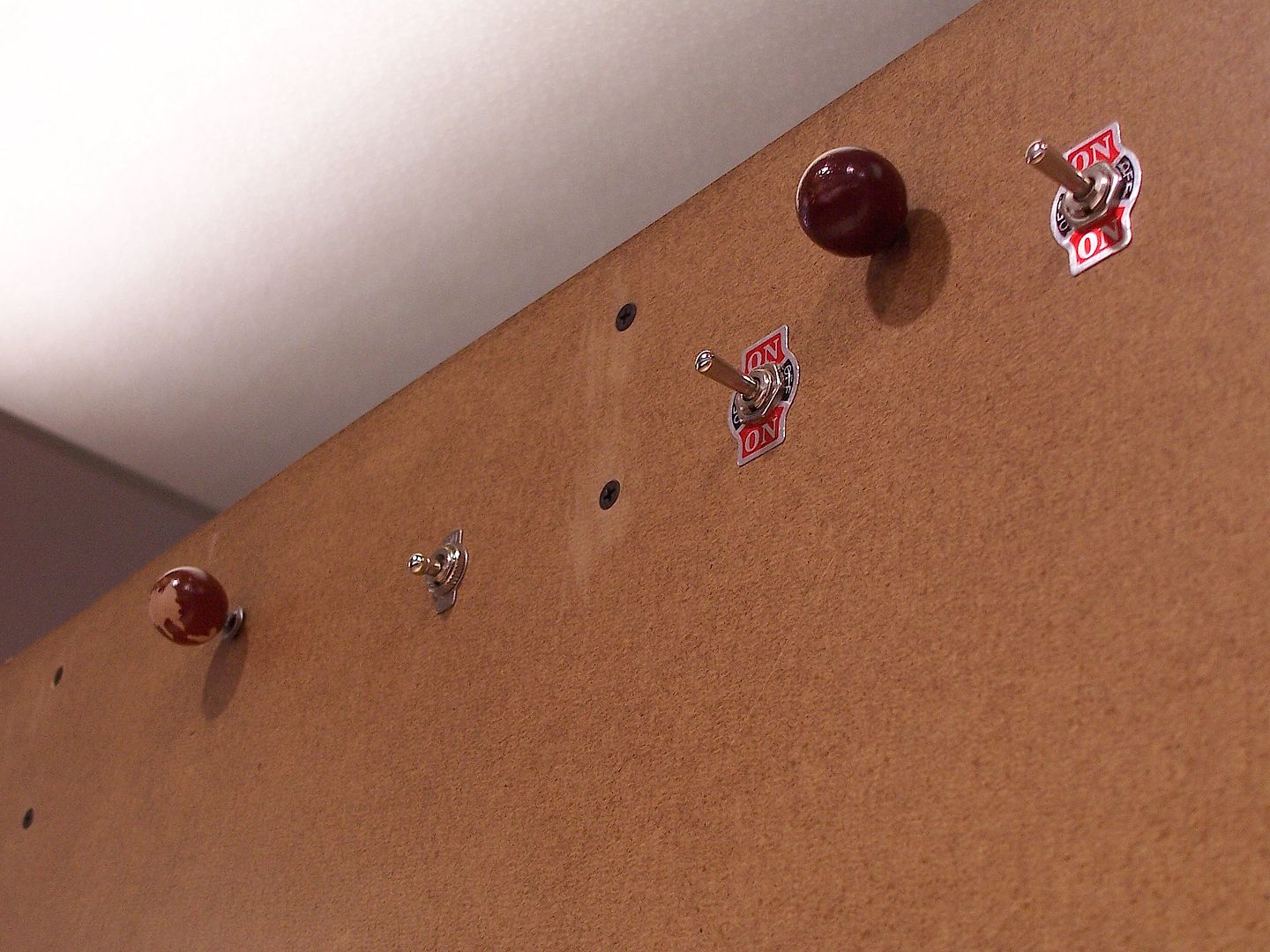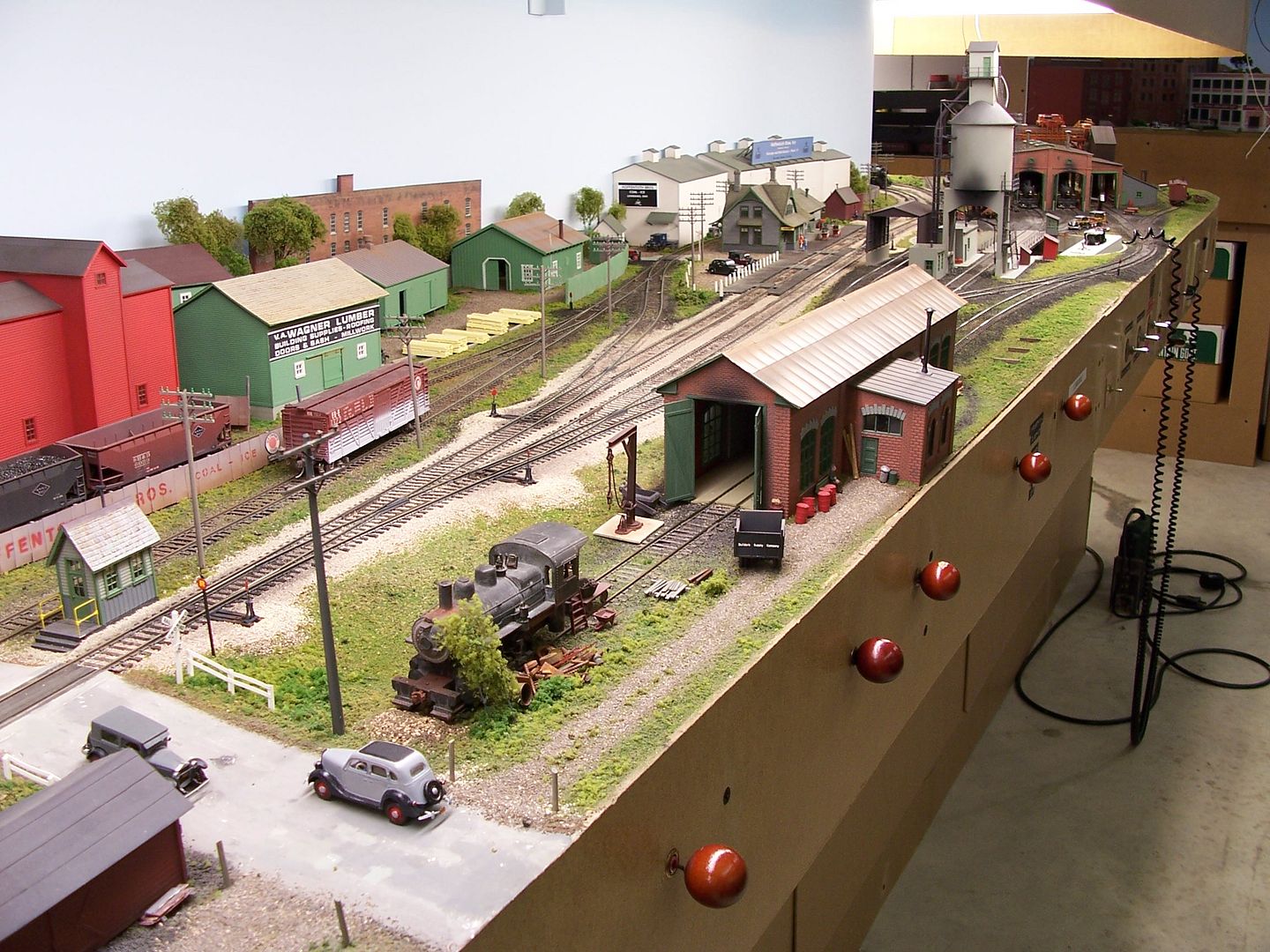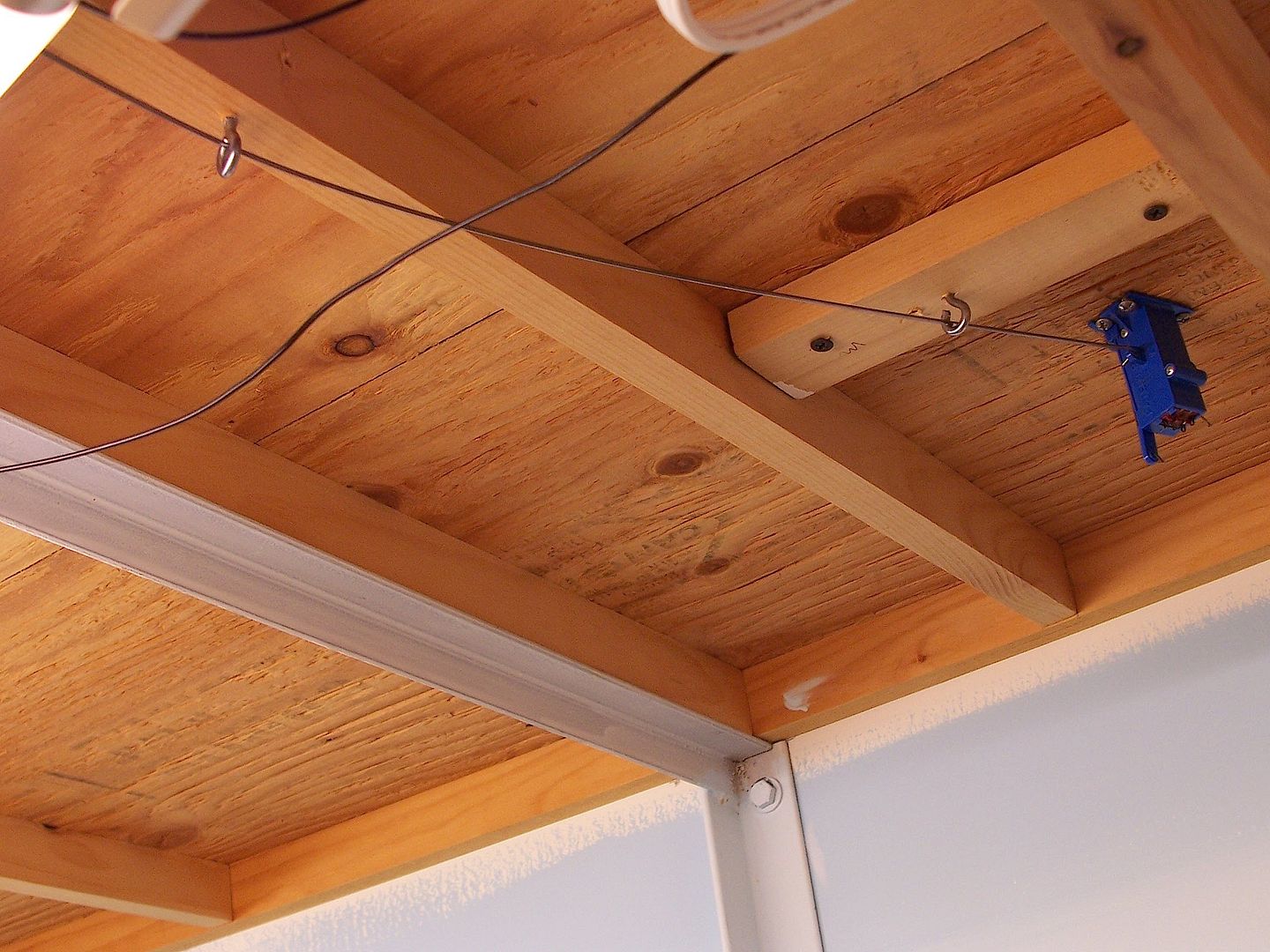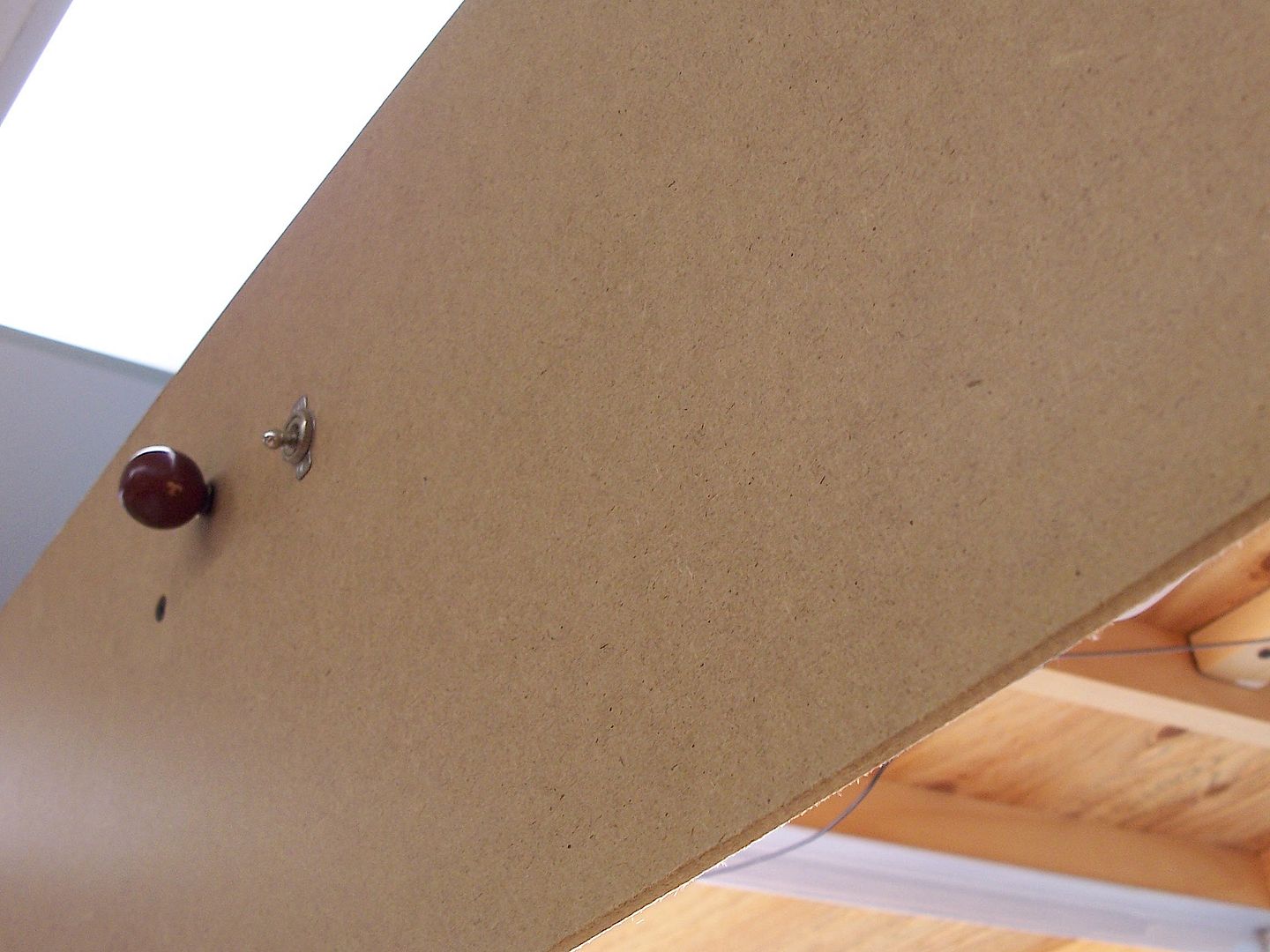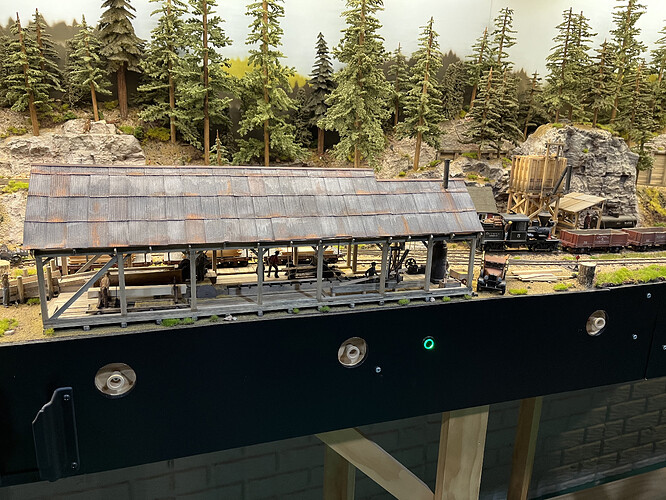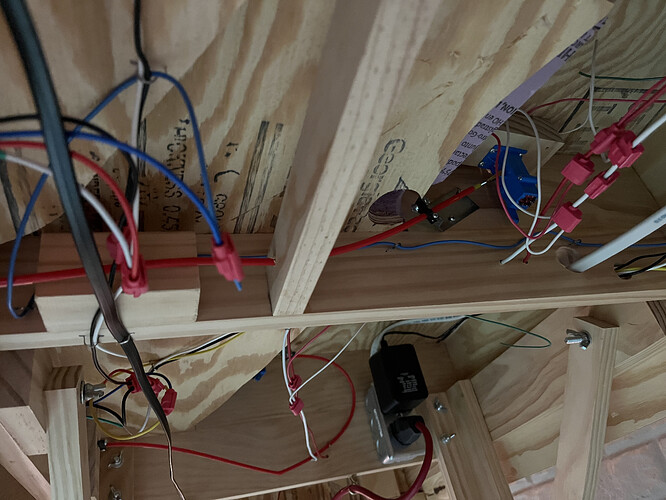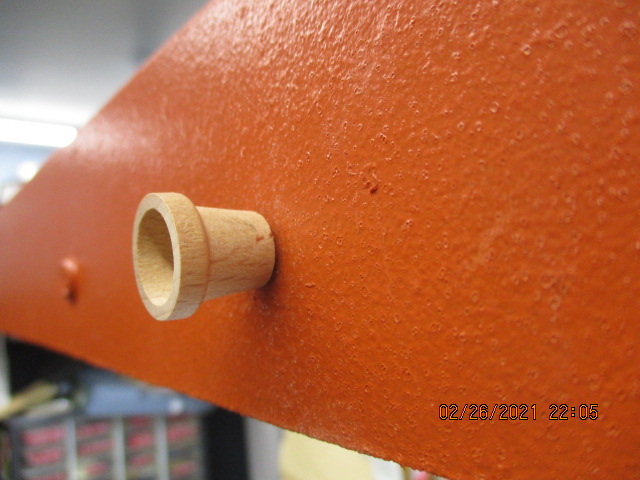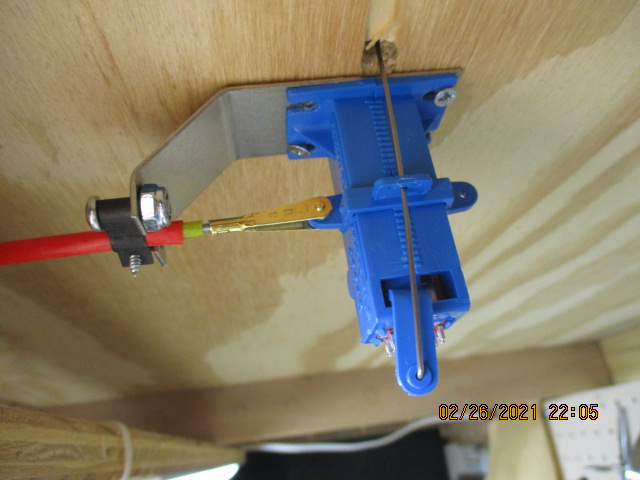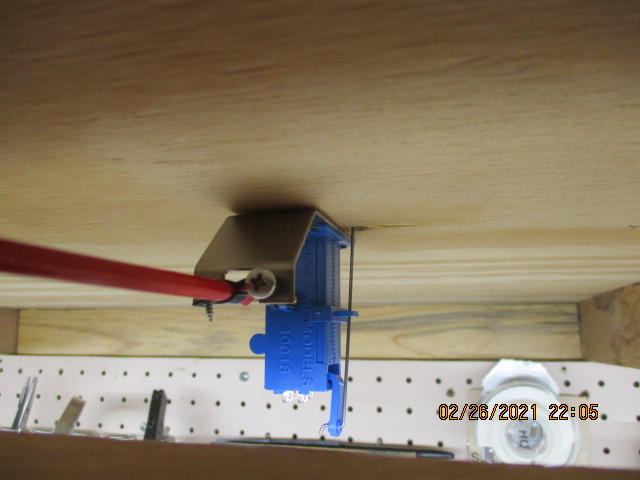I recently installed my first two Tortoise switch machines to replace some that had been powered by Atlas undermount machines. I have been very happy with them. I just saw Factory Direct Hobbies is offering Blue Point switch controllers. At a glance, these look very similar to the Tortoise but at about 1/3 less price whether buying individually or in bulk. I know what I have with the Tortoise machines but if the Blue Points work as well, it seems they might be the better choice if I am going to replace a lot of my switch machines. I’d be interested in opinions from those who have used either or both.
I have one Tortoise, which works well, as well as four motorised ones from Rapido, a PFM/Fulgurex stall-motor machine, and 12 Blue Points. All of the turnouts in my staging yards (no scenery and no ballast) use the Caboose Industries ground throws, and all other turnouts on my layout have in-track springs, which allows manual (finger-tip) control. All of the electrical ones are powered by wall warts.
I can’t fault any of them. If you get the Blue Point ones, I would suggest that you build the simple jig shown with the instructions, as it’s a big help in getting the turnout machine in the proper position for optimal performance.
Wayne
I thought the Blue Point machine was “manual” and the Tortoise was electrically controlled.
If this is true, isn’t this kind of apples-to-oranges?
-Kevin
Well, that’s certainly good to know. That explains the price differential. I just assumed that since it looked so similar to the Tortoise, it worked the same way. On close inspection, it does have electrical contacts for the the frog and signals but the turnout control is manual.
New Rail Models 40018 BLUE POINT TURNOUT CONTROLR(1) (factorydirecthobbies.com)
I don’t own any Blue Point turnout controllers, but the website indicates that they are operated manually. There are electrical contacts on the controllers for power routing and signaling.
Rich
Edit Note: Oops, the OP beat me to it.
I thought that John was aware that the Blue Point machines are manual.
Here are a couple beneath the partial upper level of my layout, with the piano wire used for activating them partially visible…
…and the fascia-mounted knobs (push/pull) for activating the points…
…and some more knobs used on the main level of the layout…
Accurate under-layout placement of the machine is crucial for reliable performance, and the jig, which I mentioned earlier, will make that process pretty simple.
Wayne
And then you need to purchase the flex link tubing, available seperately.
In many cases, it’s not required, as you can use ordinary piano wire to actuate the turnout: one piece from the Blue Point device to the turnout’s points, and another piece from the device to the layout’s fascia.
The latter wire does not need to be at a direct 90º angle to the turnout. I had to offset some the control knobs on the fascia due to some under-layout framing, but in another case, used the framing to create an offset…
…but I couldn’t get the contol knob and the Blue Point machine in the same frame, due to that offset…
Wayne
I love Blue Points. Make of that what you will.
(I can make a hat, or a crysanthemum, or a corsage, or a pterodactyl…)
Anyone know if Blue Points are still in production. Lots of sites are out of stock or only selling large multi-packs…
Yes, Blue Points are still in production - at least according to the Proto-Power West website they are.
I’ve used them on multiple layouts. They take about twice as long as a Tortoise to install, due to the control connections, but they attach to the layout and the switch rod the same way. This photo shows the stock Blue Point knobs installed on my On30 layout. This is a separate purchase from the Blue Point itself, and come in the installation kit.
I love the feel of them when you line a turnout, so I find they are worth the effort.
Where it can get tricky is when you have elevated track sections above the level of the fascia that are close to the front of the layout. The Blue Point choke cable will flex some, but it has limits for maintaining smooth operation.
You can use the DPDT contacts on the Blue Point for easy frog power in addition to indication or signal lights.
Wayne, what did you use for the control knobs? I really like how they look, and nice layout too!
I primarily use Tortoises as they are very reliable and fairly easy to mount. I have my layout running across the top of my workbench which made me use 1x2" birch plywood as support so I had head clearance. Tortoises would stick down into that space so I purchased several Blue Point mechanisms. I find them to also be very reliable and a bit more difficult to install. I don’t remember exactly but I believe the total cost of the Blue Points was slightly higher than the Tortoises with all the various things you need to buy for them. Both have contacts for those needing them.
David - using stock knobs as you did but I’m digging your recessed installation. Those look like old spray can caps.
I’ll be installing four Blue Points, two for turnouts and two for derails. Need to route the cables in 180 degree loop back since I want the normal position of the knobs to be inward.
I’ve been using microservos, 5v relays to route frog power, and a Touch Toggle all wired to a microcontroller. Somehow I think the Blue Points are going to be easier!
Wayne in Manchester NH
We use Tortoises, Blue Points and Caboose Industries manual ground throws on our club railroad. Tortoises are on the electrically controlled CTC lines, Blue Point on some hard to reach spurs and side tracks in dark territory, and the CI manuals for non-signaled tracks that are up front and easy to handle.
Many good ideas are covered above, but we recommend some kind of shielding so that control knobs protruding from the layout fascia aren’t accidentally thrown when the railfan profile bumps into them.
